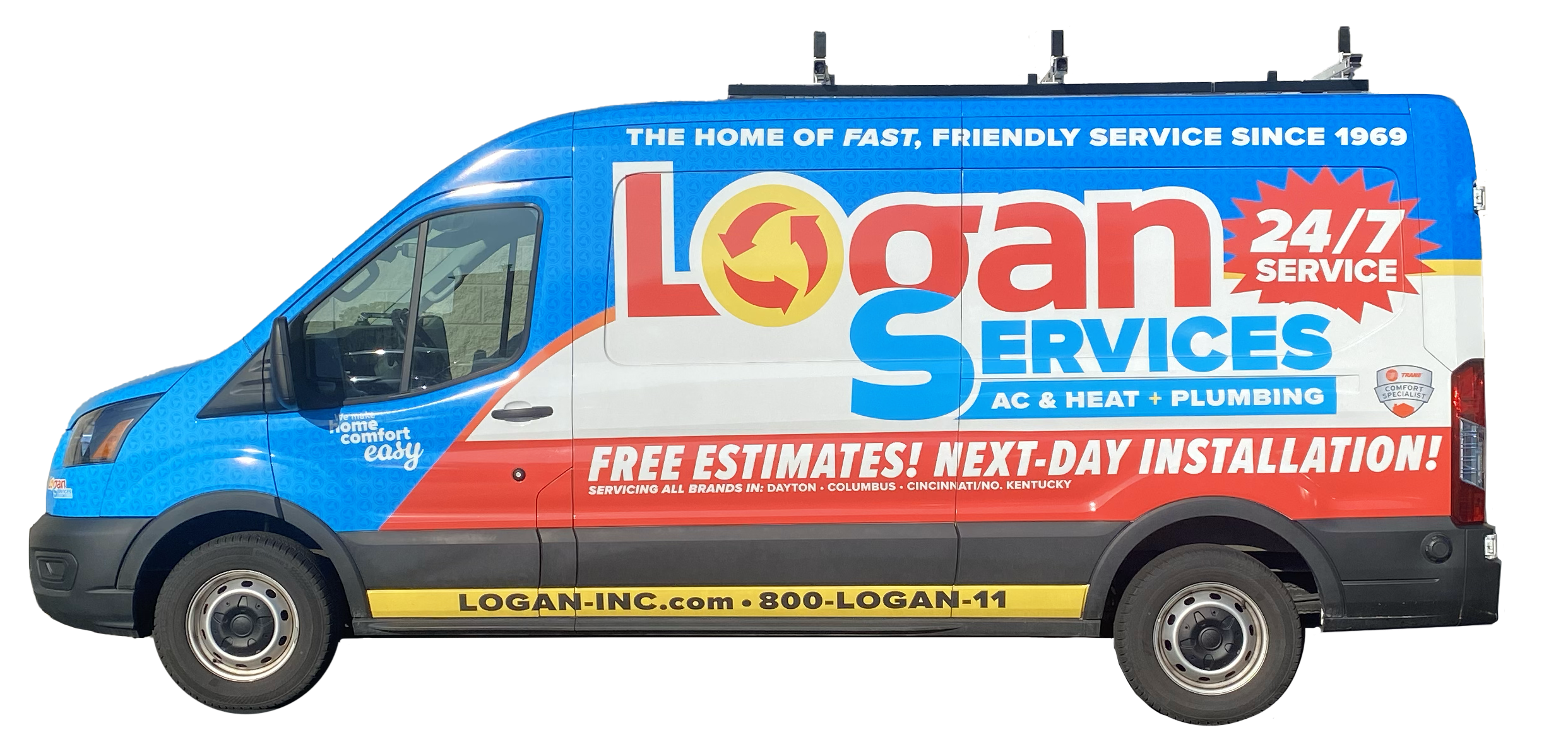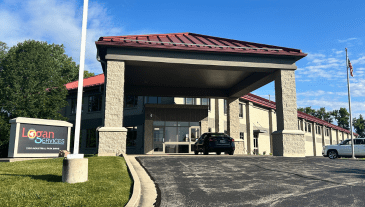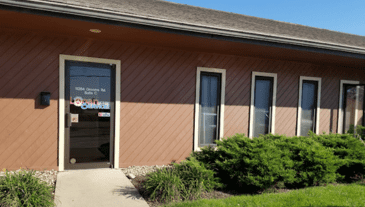At Logan Services, teamwork is more than a value — it’s how we operate every day. We believe that when people work together with trust and open communication, they can achieve more than they could alone. This mindset shapes how we support each other. It also guides how we serve our customers and helps us grow our company in Dayton, Columbus, and Cincinnati.
Ready to experience teamwork-driven service? Call us at (800) 564-2611 to schedule.
Our Core Values at Logan Services

PEOPLE FIRST
We believe every person matters. We lead with respect, compassion, and care—for our team, our customers, and our communities.

AGILE
We are responsive and embrace change with courage and creativity. With speed, purpose, and flexibility, we turn challenges into opportunities.

RADICAL OWNERSHIP
We rise to every challenge by taking full responsibility for our actions, decisions, and outcomes. We don’t just point to problems—we become the solution.

TEAMWORK
We lift each other up and win as one. Through trust, collaboration, and open communication, we achieve more for our customers and our company.

EXCELLENCE
Good enough is never enough. We strive for greatness in everything we do, fueled by passion and a commitment to exceeding expectations.
What Teamwork Looks Like at Logan Services
Teamwork means showing up for one another, sharing ideas, and stepping in when someone needs support. It means communicating clearly, solving problems together, and celebrating wins as a collective team. Collaboration is key. Whether we are in the field, in the office, or working behind the scenes, it helps us provide better service. This teamwork leads to a better experience for our customers.
Teamwork ensures that every customer receives unified, high-quality support — not from one individual, but from an entire organization working as one team.
Teamwork in Action: Results Through Collaboration
Our team members show the value of teamwork through their actions. They lift others up, step in when needed, and create better outcomes for everyone.

Sandy: Connecting People, Processes, and Progress
Sandy has demonstrated incredible collaboration across departments this month. Bringing teams together to create reporting and system integrations that drive performance, improve decision-making, and create real efficiency gains. Her ability to connect people, processes, and platforms is a perfect example of Logan’s Teamwork value in motion…proving that when we work together, we win together.
Erin: Building Better Customer Systems Together
Erin has been an incredible partner as we’ve navigated finding new vendors and solutions to bring our automations and after-hours experiences to life. She truly embodies teamwork – always collaborative, creative, and willing to jump in to problem-solve. Behind the scenes, she streamlines and simplifies lead processes for the team, making everything run smoothly for everyone involved.


Dawson: Thoughtful Support That Makes A Difference
Dawson has been such a thoughtful teammate. He goes out of his way to make special deliveries directly to the HR offices, saving others from having to haul items upstairs themselves. His kindness, consideration, and willingness to go above and beyond make everyday work easier for the entire team.
Lynn: Stepping In With Positivity And Care
Lynn is always kind and willing to take on additional tasks without hesitation. Her positive attitude and readiness to step in wherever needed truly reflect our teamwork value. Lynn’s support helps keep the team moving forward and creates a welcoming, collaborative environment for everyone.


De: Sharing Knowledge And Supporting Teammates
De is always willing to go above and beyond to help others succeed. When a teammate needed help replacing a supply plenum outside their expertise, De came out on a service job to help complete the work and teach along the way. His actions show how teamwork builds confidence and strengthens skills in the field.
Mark: Leading Through Collaboration And Inclusion
Mark is one of the strongest cross-department collaborators at Logan Services. His ability to drive initiatives while partnering closely with other teams reflects his humble leadership style. He consistently ensures that everyone involved feels valued as a contributor, reinforcing a culture where teamwork leads to better outcomes.


Dan: Trust Through Teamwork and Follow-Through
Dan plays a vital role in our reputation management efforts, and his teamwork makes a measurable impact every day. By working closely with different teams, Dan helps unhappy customers find positive solutions. He addresses concerns quickly and respectfully, which builds trust and responsiveness for our customers. His steady approach and positive energy help keep things running smoothly. His commitment to teamwork creates a supportive environment for everyone.
How Teamwork Delivers Reliable Home Comfort
Teamwork helps us deliver better HVAC and plumbing service every day. By working together, our teams solve problems faster, communicate more clearly, and provide consistent, reliable comfort for our customers. No matter who you speak with or which technician comes to your home, you benefit from one coordinated team focused on your comfort.
How Teamwork Shows Up in the Field
Our HVAC technicians, installers, and plumbers rely on teamwork to work safely, solve complex system issues, and deliver dependable service. By sharing knowledge and supporting each other on tough jobs, our teams work better together. Clear communication helps us complete repairs and installations quickly, restoring your comfort faster.
Collaboration Behind the Scenes
Teamwork continues behind the scenes through our in-office support teams. From scheduling and dispatch to training and customer service, these teams work together. They ensure HVAC and plumbing services run smoothly. Their collaboration ensures accurate scheduling, clear communication, and a seamless customer experience from the first call to final follow-up.

At Logan Services, teamwork drives everything we do. From fast repairs to full system installations, our teams communicate and collaborate to deliver comfort you can count on.
The Results of Teamwork, According to Our Customers
“Excellent Service from Sales to Installation!
We recently had a new HVAC system installed, and we couldn’t be more impressed with the service we received. Steven, our sales representative, was fantastic—low pressure and extremely thorough during the initial consultation.
The installation team—Kyle, Jacob, and Bryce—was top-notch. Kyle, as the lead, did an outstanding job managing the crew and was always in communication with me, updating me on the progress.
Overall, the experience was seamless, and the level of professionalism from both the sales and installation teams exceeded our expectations. I highly recommend this company for your HVAC needs!”
-Chris, Centerville Customer
“Wanted to give a shout out to the three installers who installed my new Trane furnace and air conditioner—Chuck, Hayden, and Iseah. They were the most professional team I have ever had in my home. They were very courteous, informative, and well-educated in their trade. Kudos to you three gentlemen, great teamwork! I would have them back any time to do any repair or a new install.”
-Kathleen, Lincoln Village Customer
“Starting at the beginning with scheduling my free estimate with Kelly, on to my sales appointment with Micah, through the install with Tyler, Noah, and Alex, the courtesy and professionalism were above and beyond. They were able to install my new HVAC system the very next day and left my home looking just as good as when they arrived, except better because of the new equipment. I would recommend this company without hesitation.”
-Jonathan, Amelia Customer
Experience the Power of Teamwork at Logan Services
When customers choose Logan Services, they benefit from an entire team working together — from the first phone call to the final walkthrough. Teamwork helps us deliver fast, friendly service backed by shared commitment and care.
Experience what teamwork can do. Schedule your free, same-day estimate or call (800) 564-2611 today.







